 Shutterstock
Shutterstock
Dogs may not have deadlines, bills, or traffic jams to deal with, but that doesn’t mean they don’t experience stress. While some dogs make their stress obvious by whining, barking, or pacing, others are more subtle. Because dogs can’t say, “Hey, I’m feeling overwhelmed!” it’s up to their humans to read the signs. If left unnoticed, chronic stress can lead to serious behavioral and health problems. The good news is that you can help your dog feel calmer and more secure once you recognize the signs.
Excessive Licking and Chewing
 Shutterstock
Shutterstock
A little licking is normal, but if your dog is constantly licking their paws, chewing their tail, or biting at their skin, stress might be the cause. Dogs use licking as a self-soothing mechanism, similar to how humans bite their nails or tap their fingers when anxious. Over time, this can lead to raw skin, infections, or hot spots. If your dog is excessively grooming themselves, try redirecting their attention with chew toys or calming activities.
Yawning When They’re Not Sleepy
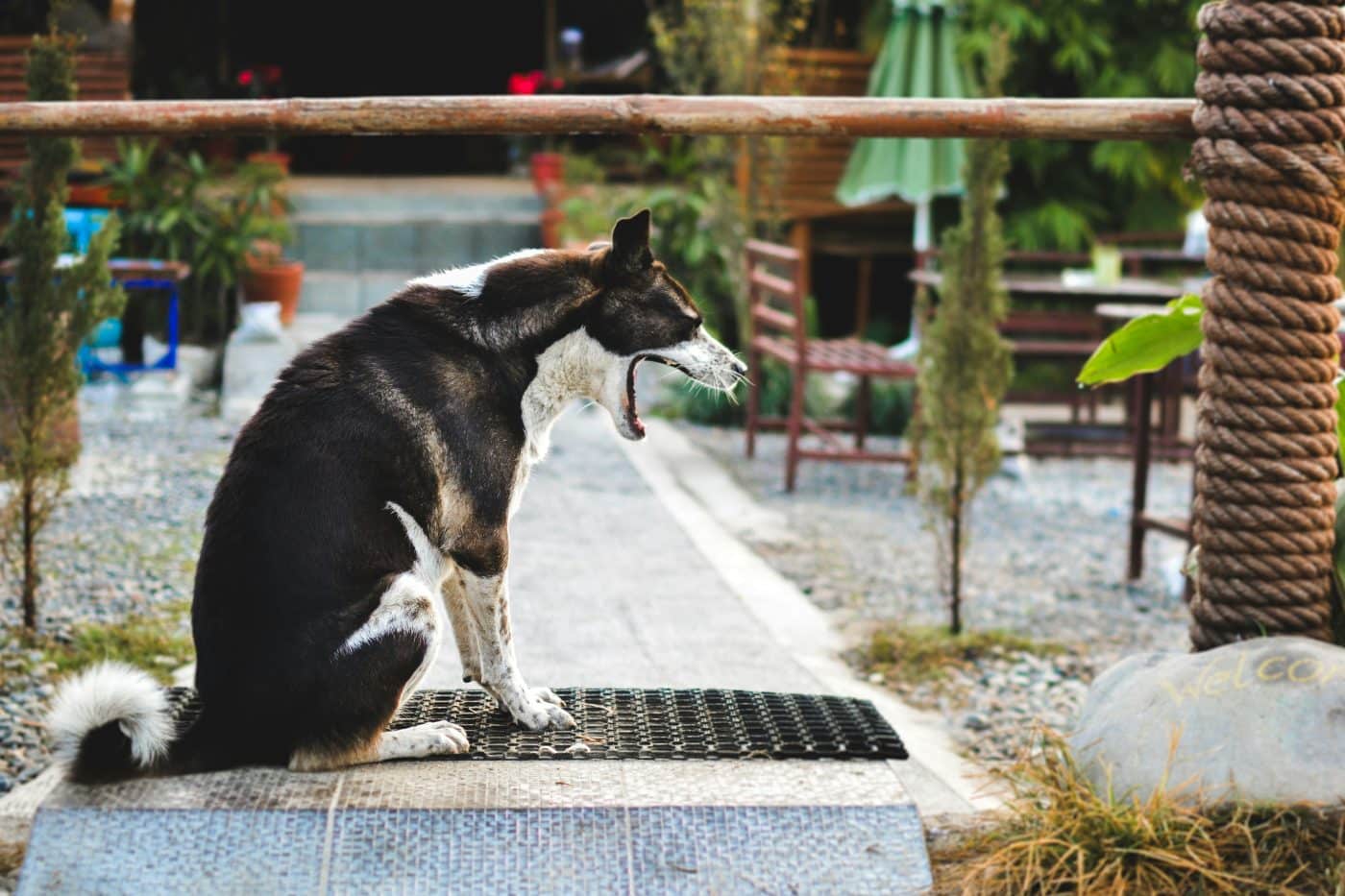 Shutterstock
Shutterstock
Dogs yawn when they’re tired, but they also yawn when they’re stressed. Unlike a sleepy yawn, a stress yawn is often exaggerated and happens in situations that make your dog uncomfortable. You might notice this when they’re at the vet, meeting new people, or in a noisy environment. If your dog is yawning excessively, it’s a sign they’re trying to cope with stress. Helping them feel safe and removing them from overwhelming situations can make a big difference.
 Shutterstock
Shutterstock
If your dog suddenly starts looking away from you or avoiding direct eye contact, they might feel stressed. In dog language, avoiding eye contact is a way of showing submission or discomfort. This often happens when they feel anxious, scared, or unsure about a situation. If your dog is doing this, try speaking calmly, offering gentle reassurance, and giving them space to decompress.
Sudden Shedding Spikes
 Shutterstock
Shutterstock
While shedding is normal, an unusual increase in fur loss can signify stress. Dogs that experience anxiety often shed more than usual, especially in stressful environments like the vet’s office. This happens because stress hormones affect the hair follicles, increasing shedding. If you notice excessive fur on your furniture or clothes, consider whether your dog has been in a stressful situation lately. Reducing their stress through routine, exercise, and positive reinforcement can help manage this.
Turning Away or Freezing
 Shutterstock
Shutterstock
If your dog suddenly turns their head away from you or freezes in place, they might be overwhelmed. This is a common stress response when dogs feel uncomfortable but don’t want to react aggressively. They may do this when meeting new people, encountering an unfamiliar dog, or being in a chaotic environment. If your dog is turning away or freezing, give them space and let them approach situations at their own pace.
Heavy Panting (Without Exercise)
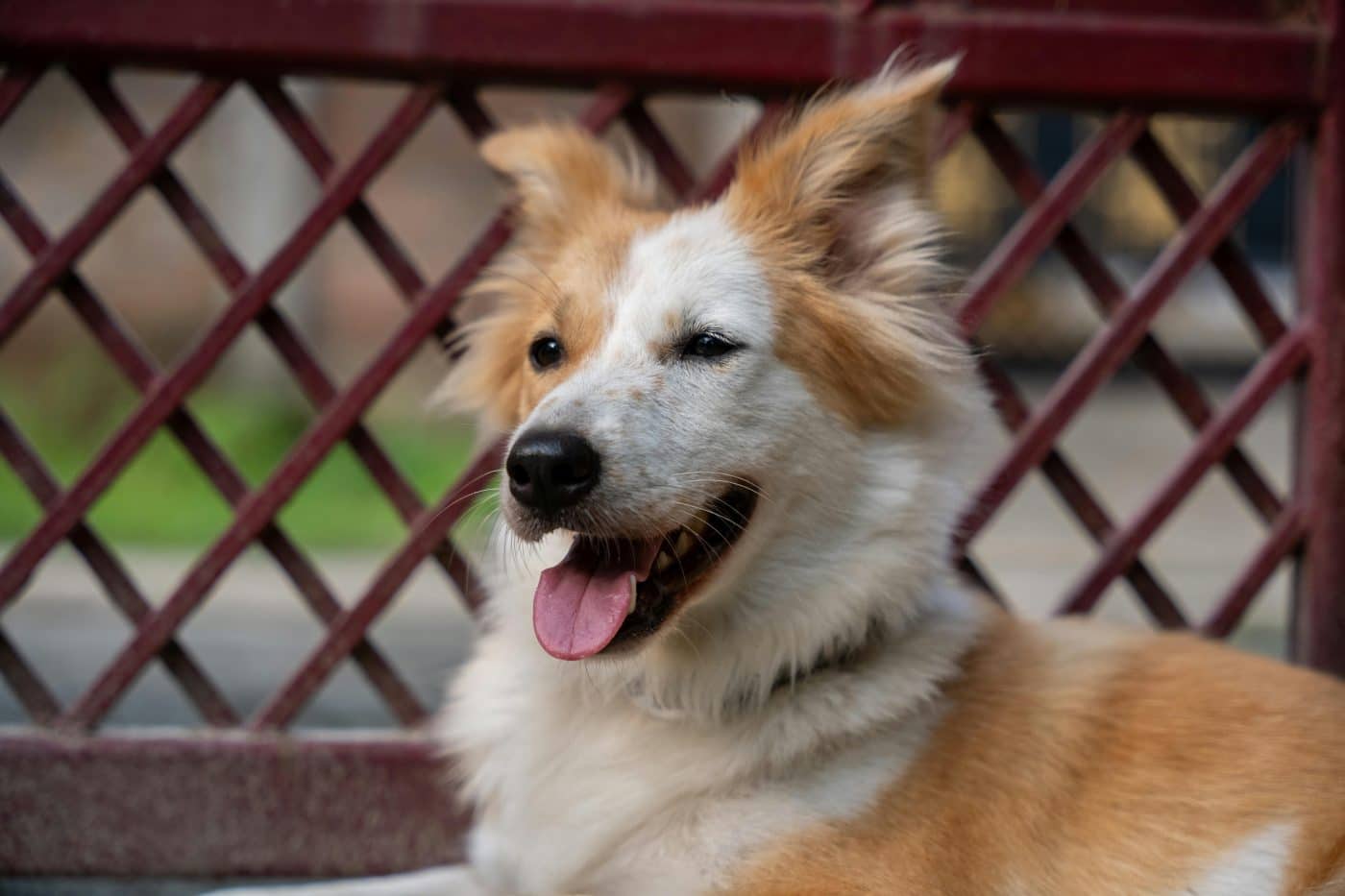 Shutterstock
Shutterstock
Panting after playtime is normal, but stress could be the culprit if your dog is panting heavily when they haven’t been exercising or in hot weather. Dogs pant to regulate their body temperature, but they also do it when they’re feeling anxious or nervous. You might notice this when traveling, visiting the vet, or during thunderstorms. Providing a calm, quiet environment and soothing techniques like gentle petting or calming chews can help.
Pinned Back Ears
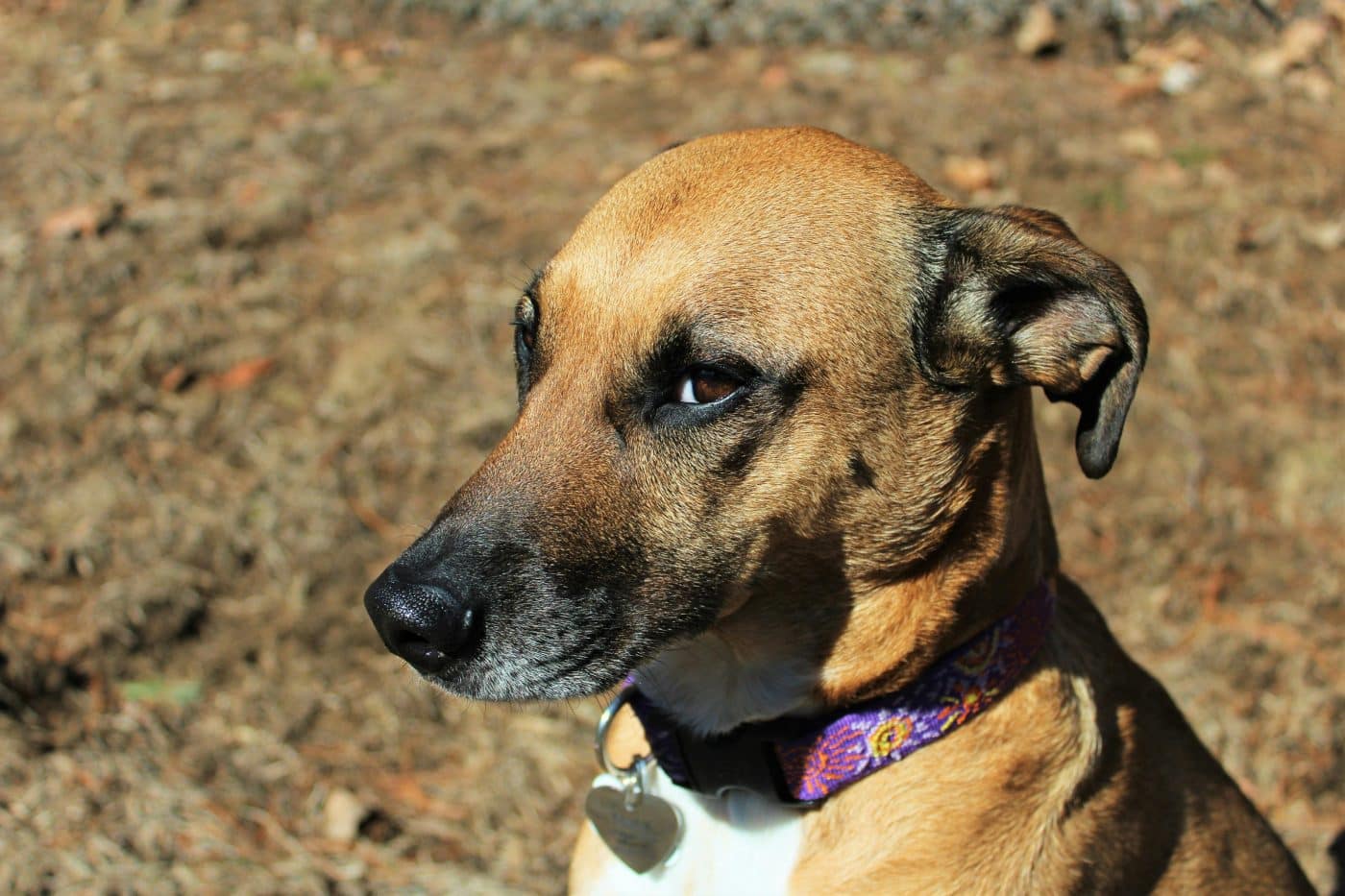 Shutterstock
Shutterstock
Dogs use their ears to communicate emotions, and ears pinned back tightly against their head often indicate stress. This is especially true if their ears are usually more relaxed or perked up. If your dog’s ears are pinned back and they’re also displaying other signs of stress, like yawning or lip licking, it’s time to step in and help them feel more comfortable. Removing them from the stressful environment or providing positive distractions can ease their tension.
Restlessness or Pacing
![]() Shutterstock
Shutterstock
A stressed dog might have trouble settling down, pacing back and forth, or constantly repositioning themselves. This type of restlessness clearly indicates that something is making them uneasy. Whether it’s a change in routine, an unfamiliar guest, or loud noises, restlessness means they’re struggling to relax. Engaging them in calming activities like puzzle toys, gentle walks, or quiet time with their favorite human can help bring them back to a more relaxed state.
Sudden Loss of Interest in Play or Food
 Shutterstock
Shutterstock
Stress might be the reason why your usually playful dog suddenly loses interest in their favorite toy or ignores their meals. A stressed dog may feel too anxious to engage in normal activities, leading to decreased appetite or enthusiasm for playtime. While occasional disinterest isn’t alarming, ongoing withdrawal from things they usually enjoy is a sign that something isn’t right. Identifying and eliminating the source of stress while providing a reassuring routine can help bring back their joy.
Tail Tucked or Tense Body Language
 Shutterstock
Shutterstock
A tucked tail is a clear sign of anxiety, but even a stiff, rigid tail can indicate stress. When dogs feel uneasy, they might hold their body tense, keeping their tail low or tucked between their legs. This body language often happens when they’re in an uncomfortable or unfamiliar situation. Paying attention to these subtle cues and making adjustments—like giving them a quiet space or providing comforting interaction—can help ease their stress.
Excessive Whining or Silent Staring
 Shutterstock
Shutterstock
Some dogs vocalize their stress through whining, while others just sit silently and stare at their humans with wide, worried eyes. If your dog seems extra whiny for no reason or gives you long, pleading looks, they might feel overwhelmed. Whining allows dogs to express concern, while silent staring can indicate unease. If this happens, try comforting them with gentle words, engaging them in a familiar routine, or removing them from the stressful environment.
The Secret to a Stress-Free Pup: Chill, Treats, and Belly Rubs!
 Shutterstock
Shutterstock
Your dog may not have a busy schedule, but that doesn’t mean life is always stress-free. Stress in dogs can show up in subtle ways, and if ignored, it can lead to anxiety and behavioral issues. The key is recognizing the signs early and making small changes to help them feel secure. Whether offering extra cuddle time, adjusting their environment, or using calming techniques, a little effort goes a long way. So, when your pup gives you that worried look, remember—they rely on you to be their safe place.

 1 month ago
18
1 month ago
18
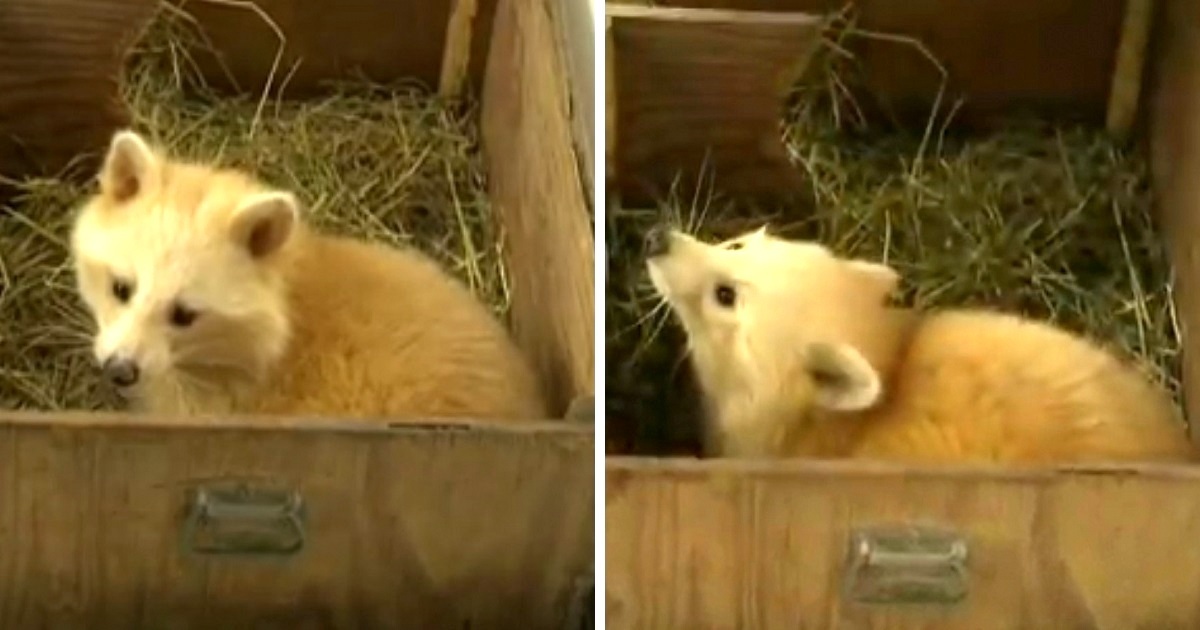







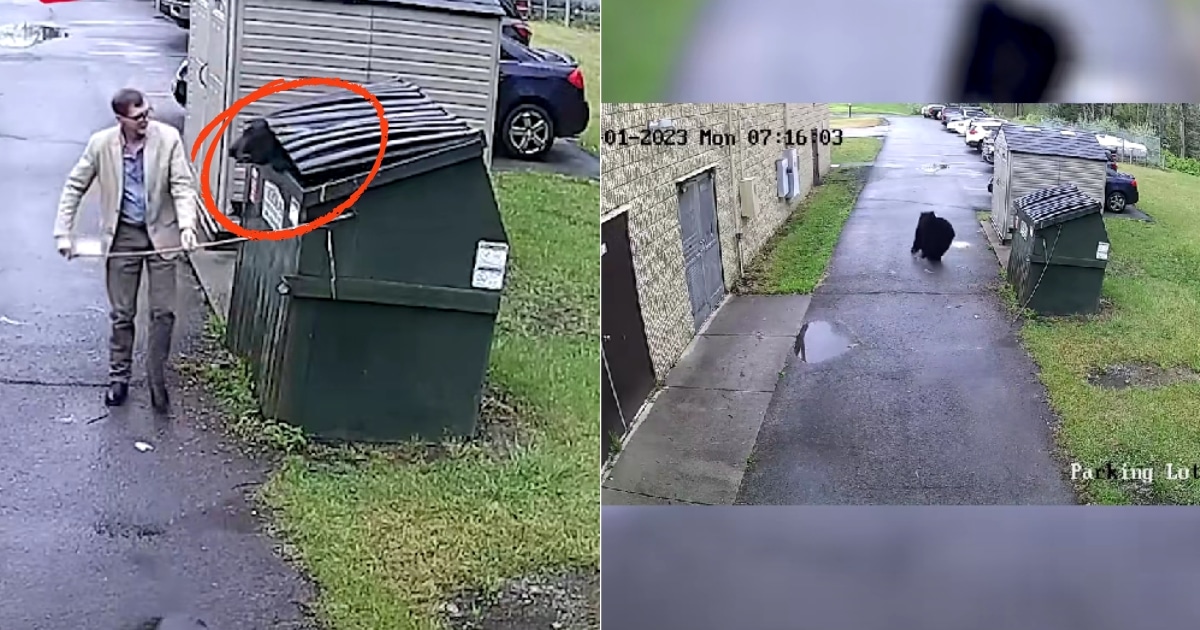




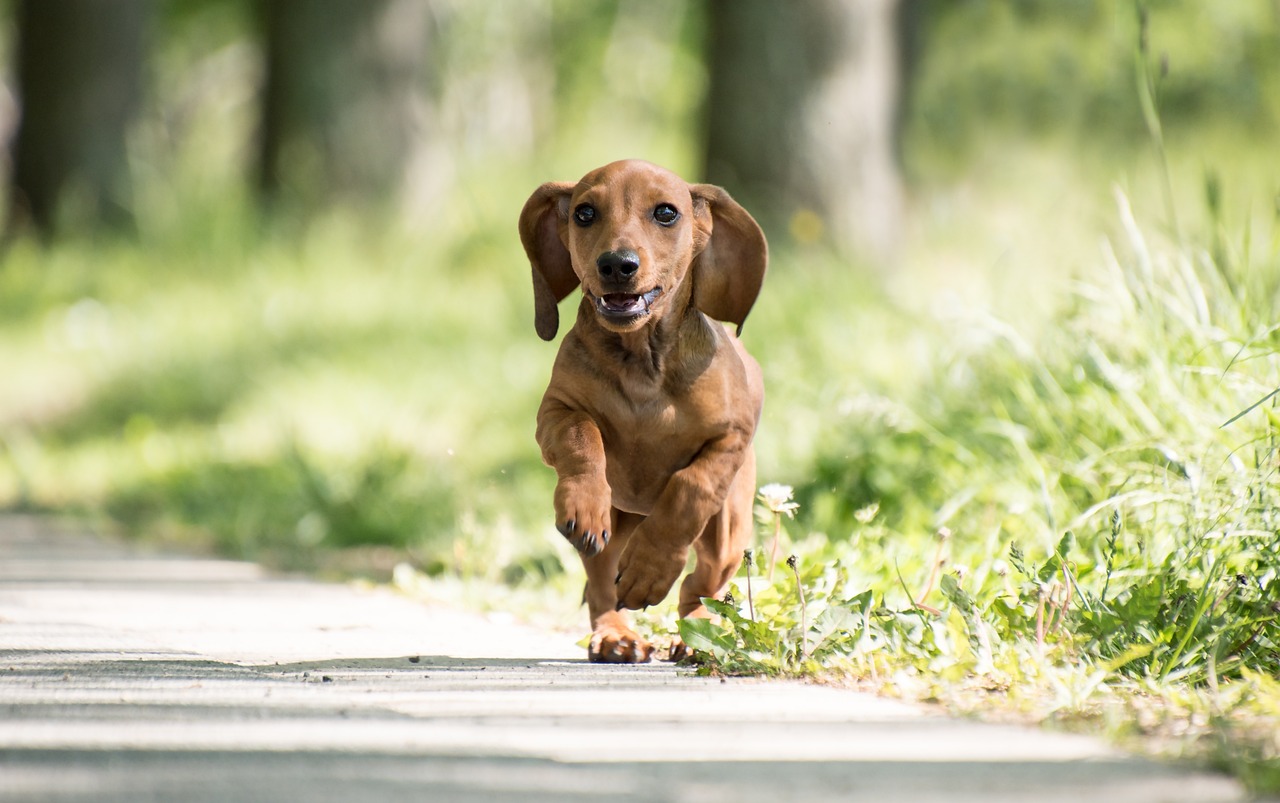

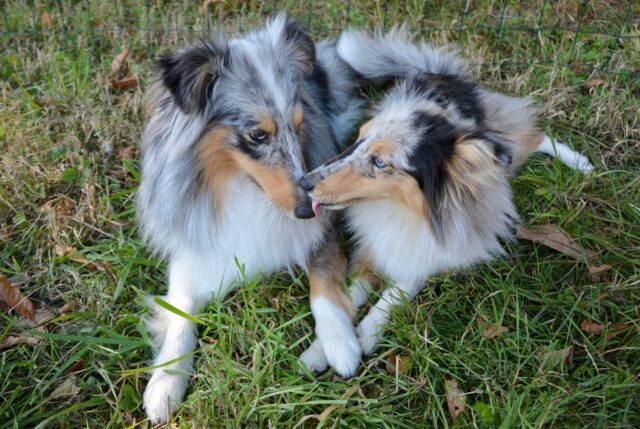


 English (US) ·
English (US) ·